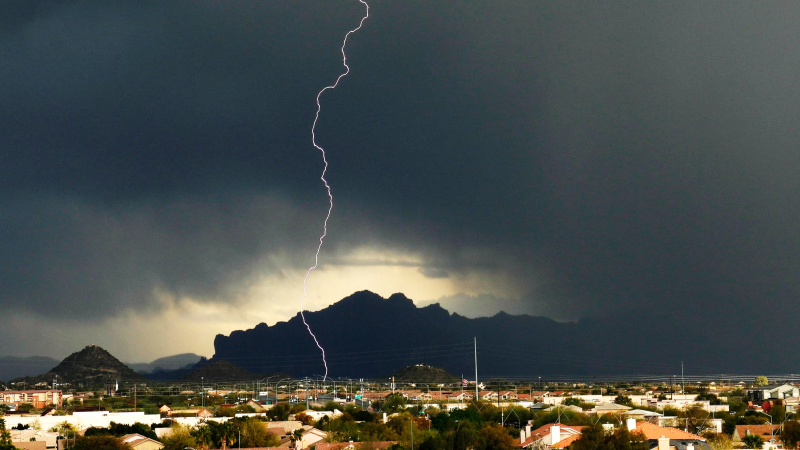'Severe' solar storm hitting Earth could cause Midwest to see northern lights
A "severe" solar storm hit Earth on Sunday according to the NOAA Space Weather Prediction Center, causing parts of the nation to be able to see the aurora borealis.
On X, formerly Twitter, the Prediction Center said that a coronal mass ejection event arrived Sunday and caused a G4 geomagnetic storm. The Center said that the strong geomagnetic storm could continue through the rest of Sunday and into Monday.
The SWPC had warned that the storm could reach up to G3 strength on Saturday.
“The public should not anticipate adverse impacts and no action is necessary, but they should stay properly informed of storm progression by visiting our webpage,” the Prediction Center said, noting that infrastructure operators had been notified.
The Prediction Center predicts that the northern lights possibly could be seen as far south as northern Illinois and central Iowa.
NOAA Auora prediction

What is a coronal mass ejection?
NASA describes coronal mass ejections as "huge bubbles of coronal plasma threaded by intense magnetic field lines that are ejected from the Sun over the course of several hours." The space agency says they often look like "huge, twisted rope" and can occur with solar flares, or explosions on the sun's surface.
Disclaimer: The copyright of this article belongs to the original author. Reposting this article is solely for the purpose of information dissemination and does not constitute any investment advice. If there is any infringement, please contact us immediately. We will make corrections or deletions as necessary. Thank you.






